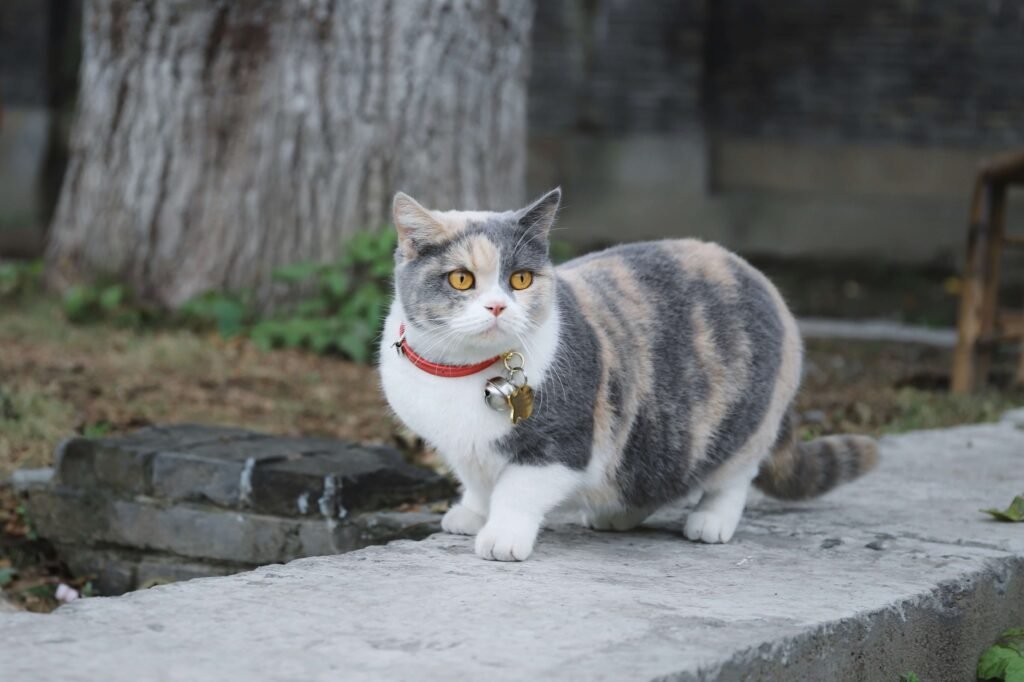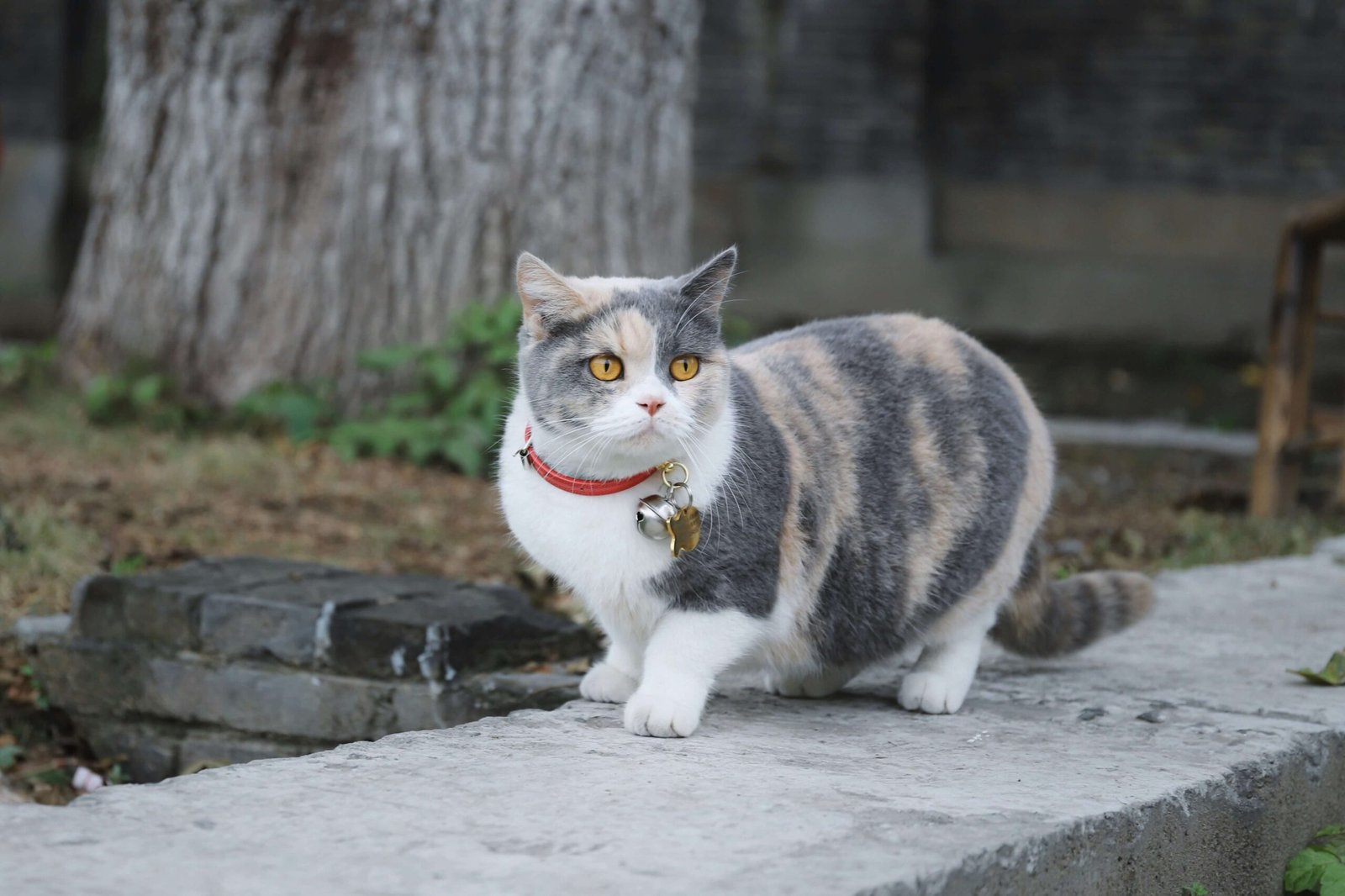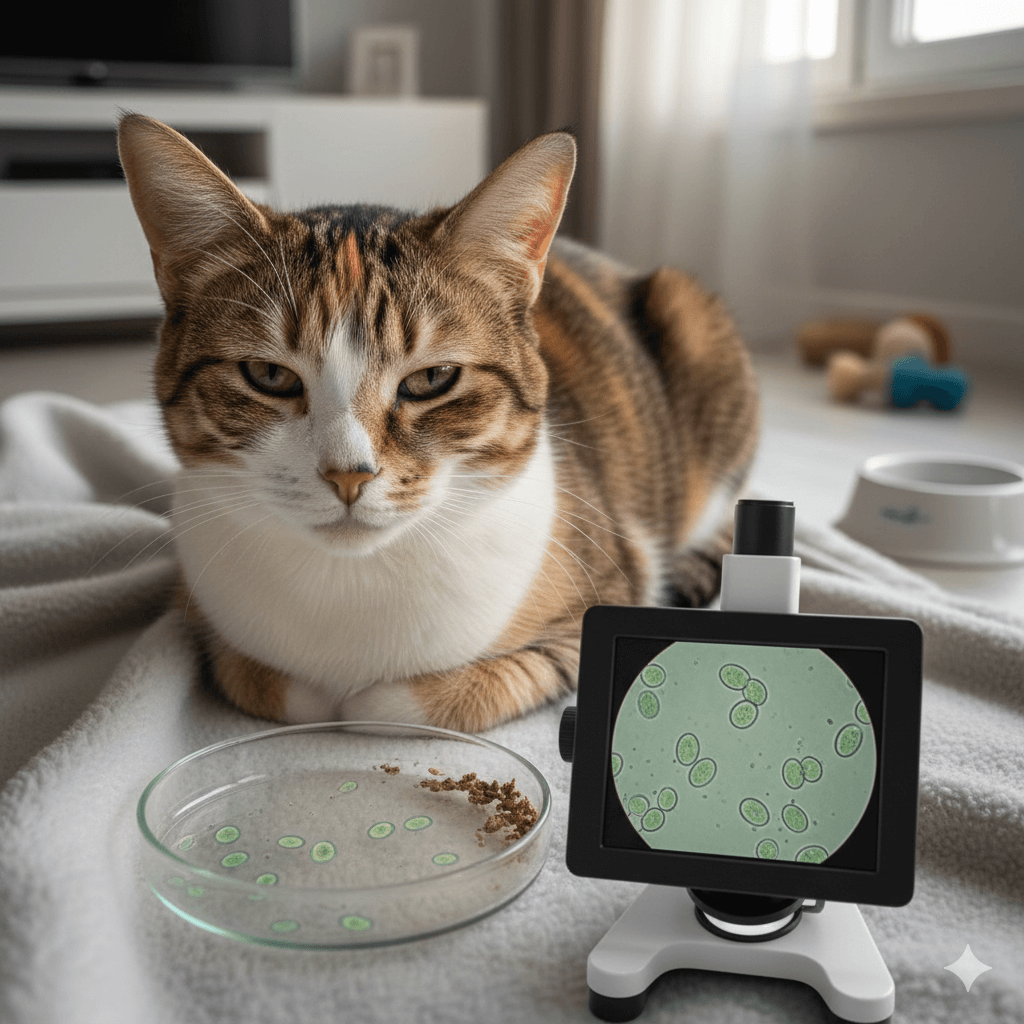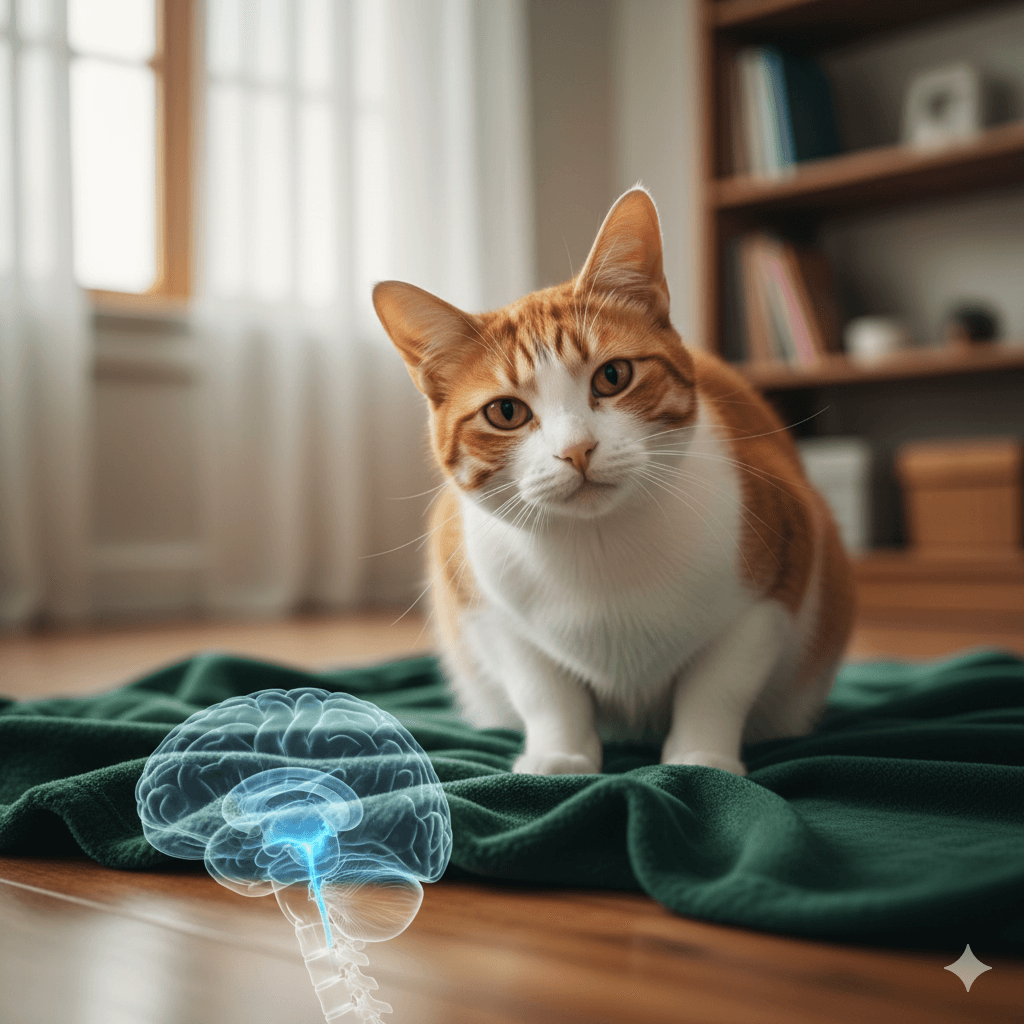Munchkin Cat Price: A Comprehensive Guide for Prospective Owners
If you’re considering adding a Munchkin cat to your family, one of the first questions that likely comes to mind is, “How much does a Munchkin cat cost?” These adorable felines, known for their short legs and playful personalities, have captured the hearts of cat lovers worldwide. However, understanding the price range of a Munchkin cat involves more than just looking at a number.
Factors such as breed quality, breeder reputation, and additional costs like health care and supplies all play a role in determining the overall investment. In this guide, we’ll break down everything you need to know about Munchkin cat prices, helping you make an informed decision before bringing one of these charming companions into your home.
Factors Influencing the Price of a Munchkin Cat
When it comes to purchasing a Munchkin cat, several factors can significantly impact the price. Understanding these elements will help you better navigate the market and ensure you’re getting a fair deal. Below, we’ve outlined the most important considerations that influence the cost of a Munchkin cat.
Breed Quality : Show-quality Munchkins are bred specifically for their physical traits and adherence to breed standards. These cats are often more expensive due to their rarity and demand in competitive cat shows.
Breeder Reputation : Established and reputable breeders tend to charge higher prices because they invest in proper breeding practices, health screenings, and socialization of kittens.
Geographic Location : Prices can vary depending on where you live. Urban areas or regions with fewer breeders may see higher costs due to increased demand and limited availability.
Age of the Cat : Kittens are typically more expensive than adult cats. This is because younger cats require more care and are often in higher demand among buyers.
Coat Color and Pattern : Some coat colors and patterns are rarer than others, which can drive up the price. For instance, a Munchkin with a unique calico pattern might cost more than one with a common tabby coat.
In summary, the price of a Munchkin cat is not fixed but rather influenced by a combination of factors. By understanding these variables, you can better assess whether a particular price point aligns with the value offered.
Additional Costs to Consider When Owning a Munchkin Cat
While the initial purchase price of a Munchkin cat is an important consideration, it’s equally crucial to account for the ongoing expenses associated with owning one. These costs can add up quickly, so it’s wise to plan ahead. Here’s a breakdown of the additional expenses you should anticipate when bringing a Munchkin cat into your life.
Veterinary Care : Routine check-ups, vaccinations, and potential treatments for illnesses or injuries are essential for maintaining your cat’s health.
Food and Nutrition : High-quality cat food tailored to your Munchkin’s dietary needs can be more expensive than generic brands but is vital for their well-being.
Grooming Supplies : While Munchkins don’t require extensive grooming, investing in brushes, nail clippers, and other grooming tools is necessary for their upkeep.
Toys and Enrichment : Keeping your Munchkin entertained with toys, scratching posts, and interactive games ensures they stay mentally and physically stimulated.
Insurance : Pet insurance can provide peace of mind by covering unexpected medical expenses, though it comes with its own monthly premiums.
Considering these additional costs will help you budget effectively and ensure your Munchkin cat enjoys a happy and healthy life.
Check this guide 👉Lifespan of Munchkin Cats: Best 7 Expert Tips!

Expense Category | Estimated Cost Range USD |
|---|---|
Initial Purchase Price | 800−3,000 |
Annual Veterinary Care | 200−500 |
Monthly Food Costs | 20−50 |
Grooming Supplies (One-Time) | 50−150 |
Toys and Accessories | 100−300 (initial setup) |
Where to Find Reputable Munchkin Cat Breeders
Finding a trustworthy breeder is key to ensuring you’re purchasing a healthy and well-socialized Munchkin cat. But with so many options available, how do you identify a reputable source? Here are some tips to guide you in your search.
Research Online Directories : Look for breed-specific directories that list certified and ethical breeders specializing in Munchkin cats.
Visit Local Cat Shows : Attending cat shows gives you the opportunity to meet breeders in person and learn more about their practices.
Ask for Recommendations : Reach out to local veterinarians, pet stores, or fellow cat enthusiasts who may know of reliable breeders in your area.
Check Certifications : Ensure the breeder is affiliated with recognized organizations, such as The International Cat Association (TICA), which uphold strict ethical standards.
Visit the Breeder’s Facility : Schedule a visit to observe the living conditions of the cats and assess the breeder’s transparency and professionalism.
By following these steps, you can increase your chances of finding a reputable breeder who prioritizes the health and happiness of their Munchkin cats.
Common Misconceptions About Munchkin Cats
Despite their growing popularity, there are several misconceptions surrounding Munchkin cats that prospective owners should be aware of. Dispelling these myths can help you make a more informed decision about whether this breed is right for you.
They Can’t Jump Well : While Munchkins have shorter legs, they are surprisingly agile and capable of jumping onto furniture and other elevated surfaces.
They Are Always Unhealthy : Like any breed, Munchkins can be prone to certain health issues, but responsible breeding minimizes these risks significantly.
All Munchkins Are Expensive : While show-quality cats come at a premium, pet-quality Munchkins are often more affordable and make wonderful companions.
They Don’t Get Along With Other Pets : Munchkins are generally sociable and adaptable, making them great additions to multi-pet households.
Their Short Legs Are a Disability : Their unique stature doesn’t hinder their ability to lead active and fulfilling lives; they simply move differently than other cats.
Understanding these truths can help you appreciate the Munchkin breed for what it truly is—a delightful and endearing companion.
Health Considerations for Munchkin Cats
While Munchkin cats are generally healthy and robust, there are a few health considerations unique to their breed that potential owners should be aware of. Understanding these aspects can help you provide the best care possible for your feline friend.
Lordosis : This is a condition where the spine curves inward excessively, which can sometimes occur in Munchkins due to their genetic traits.
Pectus Excavatum : A rare chest deformity that may affect some Munchkins, leading to breathing difficulties if severe.
Obesity Risk : Due to their shorter legs, Munchkins may have lower mobility compared to other breeds, increasing the risk of weight gain.
Regular Vet Check-Ups : Routine veterinary visits are essential to monitor and address any potential health concerns early on.
Balanced Diet : Feeding a high-quality diet tailored to their needs is crucial for maintaining optimal health and preventing obesity.
By staying informed about these health considerations and taking proactive steps, you can ensure your Munchkin cat enjoys a long, happy, and healthy life.
Tips for Training Your Munchkin Cat
Munchkin cats are intelligent and playful, making them relatively easy to train with patience and consistency. Here are some tips to help you successfully train your Munchkin cat while strengthening your bond.
Start Early : Begin training during kittenhood when they are most receptive to learning new behaviors.
Use Positive Reinforcement : Reward your cat with treats, praise, or toys to encourage desired actions and build trust.
Keep Sessions Short : Limit training sessions to 5–10 minutes to maintain their interest and prevent boredom.
Focus on Basic Commands : Teach simple commands like “come,” “sit,” or “stay” to establish a foundation for more advanced training.
Be Patient and Consistent : Cats learn at their own pace, so avoid frustration and stick to a consistent routine for the best results.
With time and dedication, your Munchkin cat will not only learn new tricks but also thrive in a positive and engaging environment.
Fun Activities to Keep Your Munchkin Cat Entertained
Munchkin cats are known for their playful and curious nature, so providing them with plenty of activities is essential to keep them physically and mentally stimulated. Here are some fun ideas to keep your Munchkin entertained and happy.
Interactive Toys : Invest in toys that challenge their problem-solving skills, such as puzzle feeders or treat-dispensing balls.
Cat Trees and Perches : Despite their short legs, Munchkins love climbing and exploring elevated spaces. A sturdy cat tree is perfect for this.
Laser Pointers : Engage your cat’s hunting instincts by using a laser pointer for interactive playtime sessions.
Hiding Spots : Create cozy hiding spots around your home using boxes or tunnels to satisfy their natural curiosity.
Rotating Toys : Regularly switch out toys to keep things fresh and exciting, preventing boredom over time.
By incorporating these activities into your Munchkin’s daily routine, you’ll ensure they remain active, engaged, and content throughout their life.
Frequently Asked Questions About Munchkin Cats
What is the average lifespan of a Munchkin cat?
Munchkin cats typically live between 12 and 15 years with proper care and nutrition.
Are Munchkin cats suitable for families with children?
Yes, Munchkins are known for their friendly and affectionate nature, making them excellent companions for families.
Do Munchkin cats require special care due to their short legs?
Not particularly, though they may benefit from weight management to prevent strain on their joints.
Can I adopt a Munchkin cat instead of buying one?
While less common, some rescue organizations occasionally have Munchkin cats available for adoption.
Why do Munchkin cats cost more than other breeds?
Their unique appearance, rarity, and high demand contribute to their higher price tag compared to other breeds.
Final Thoughts: Is a Munchkin Cat Right for You?
Bringing a Munchkin cat into your life is a rewarding experience, but it’s important to approach the decision with careful consideration. From understanding the factors that influence their price to accounting for ongoing expenses, being well-informed ensures you’re prepared for the responsibilities of ownership. These charming felines bring joy, companionship, and endless entertainment to any household lucky enough to welcome them. If you’re ready for the commitment and investment, a Munchkin cat could be the perfect addition to your family.
Understanding Cryptosporidium in Cats: Best 7 Expert Tips! – Spot symptoms, treat safely, and stop parasite spread in your home.
Understanding Cryptosporidium in Dogs: Best 7 Expert Tips! – Learn symptoms, treatment & prevention for this stubborn gut parasite.
Understanding Syringomyelia in Cats: Best 7 Expert Tips! – Recognize signs, manage pain, and support your cat’s neurological health with vet-backed guidance.
Understanding Syringomyelia in Dogs: Best 7 Expert Tips! – Expert insights on symptoms, MRI diagnosis, pain management & quality of life.





